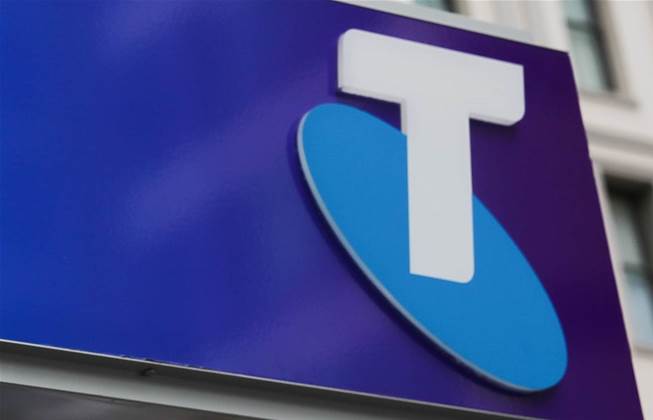Telstra is starting to think about declaring the "end of life" of its ADSL network as it looks to cut ties with a technology it says is increasingly expensive to operate and "inferior" to just about any alternative.

The "end of life" of the ADSL network was raised in a discussion where other internet providers with ADSL customer bases - including TPG Telecom and Optus - raised fears about the future of these services.
While ADSL and other copper-based services are progressively being decommissioned in the NBN fixed line footprint, NBN Co's fixed wireless and satellite footprints are an exception to this rule.
As the ACCC notes in its consumer guides, “In fixed wireless areas (unlike other parts of Australia), the copper network is not being switched off and there is no obligation to migrate to the NBN.
“Even if you decide to migrate to the NBN, there is no obligation to disconnect your voice or ADSL service.”
The same is true for customers that have ADSL but fall inside NBN Co’s satellite footprint, with a few exceptions.
The ACCC itself suggested [pdf] in July that "in some areas, such as NBN fixed wireless and satellite areas, it may be commercially viable for ADSL services to continue to operate and coexist with other broadband services."
"While ADSL services are becoming less relevant in the telecommunications market, it is likely they will continue to be important to many end users outside (and for some users within) the NBN fixed line footprint during the latter stages of the NBN migration and potentially after the migration is complete," the ACCC said.
However, it appears Telstra is keen to ultimately move customers on from ADSL, with the telco saying it is “likely” to decide on a date for ADSL’s “end of life” within a "couple of years".
“Whilst Telstra has not yet determined an end of life date for the ADSL platform, we are likely to do so within the next couple of years,” Telstra said in a regulatory filing. [pdf]
“This is because it is not economically efficient to continue operating the network indefinitely.”
The actual date is likely to be beyond mid-2024, aligning with what is shaping to be the expiry of most copper-based regulation.
Telstra argued ADSL is in long-term decline, and that performance-wise the technology is no match for “alternatives”, including mobile broadband, NBN, wireless ISP services and low earth orbit (LEO) satellite services like Starlink.
“All of these options have trade-offs that will influence a customer’s choice, including speeds, latency, availability, price, and reliability, however we note that ADSL typically provides among the lowest speeds of the options,” Telstra said.
Telstra said there were “only [around] 278,000 ADSL services in operation nationally” in June this year, and argued that other internet providers had “shifted their focus” away from ADSL.
However, those other providers are keen to see the ADSL services remain on, and available on regulated price terms, at least for the next few years.
“Although NBN Co has completed its initial rollout, there remains a small but significant group of customers that continue to use legacy ADSL services, including TPG customers,” TPG Telecom argued. [pdf]
“It is ... important that access seekers, such as TPG, can continue to acquire the wholesale ADSL service from Telstra on reasonable terms.
“This is even more important where a subset of customers do not yet have access to an alternative superfast broadband service.”
Optus noted [pdf] that ADSL remains important for customers whose premises are challenging to switch to the NBN, or that are in fixed wireless or satellite areas and don’t want to be forced off ADSL.
“For end-users outside the NBN fixed line footprint, there would be clear competitive benefits from wholesale ADSL services being declared [regulated beyond February 2022],” Optus said.
“If wholesale ADSL was no longer declared, there would be no competitive constraint to stop Telstra from increasing wholesale prices, lowering service quality or refusing access, which would have negative impacts on competition in downstream markets and end-users.”
Telstra did acknowledge that there "are parts of the country that are not subject to mandatory migration to the NBN, and that stability for customers in these areas is important."
It appeared to argue this is only a small subset of the current ADSL base, however the exact size is redacted from its public submission to the ACCC.


_(20).jpg&h=140&w=231&c=1&s=0)

.png&h=140&w=231&c=1&s=0)






 iTnews Executive Retreat - Security Leaders Edition
iTnews Executive Retreat - Security Leaders Edition












_(1).jpg&h=140&w=231&c=1&s=0)



